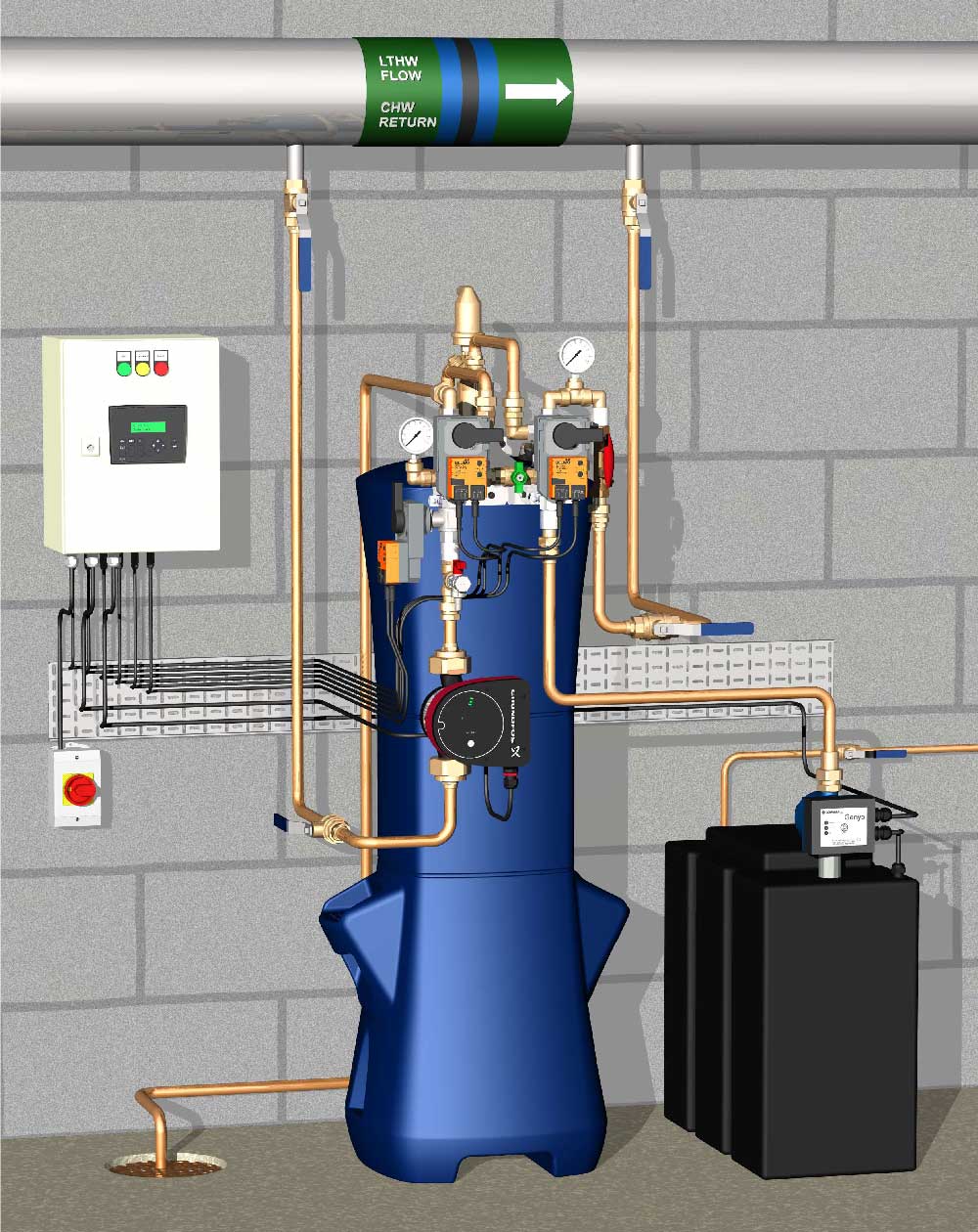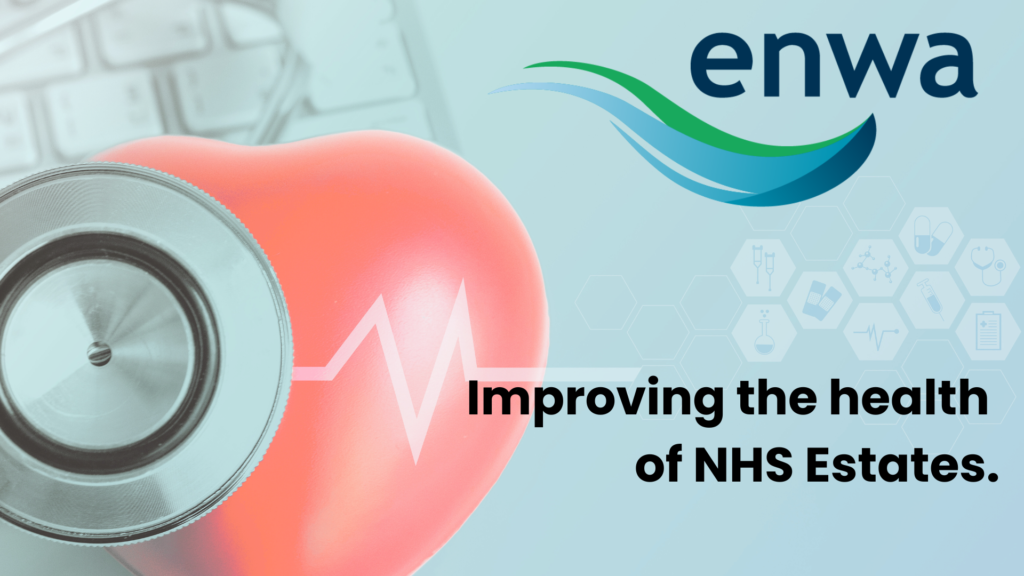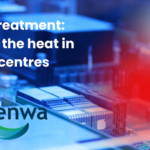The NHS built environment has a significant footprint across the UK. Its estate spans 25 million m2, equivalent to over 3,500 football pitches. The NHS has over 10,000 buildings, including 1,140 hospitals and 7,500 primary care sites.
There is no overstating the challenge of managing these buildings for NHS engineering and facilities teams. Their work has also been supplemented by the organisation’s environmental goals. These include an 80% reduction in Scope 1 carbon emissions by 2028 to 2032, with Net Zero achieved by 2040.
Scope 1 emissions include those created in and by the operation of NHS buildings. It is estimated that 80% of NHS direct emissions come from space heating and hot water. The NHS decarbonisation strategy is a key part of addressing that challenge.
For example, many older hospitals use steam for heating and hot water, others may use high-pressure hot water. The size of the estate means that there are many technologies currently in use that will have to be replaced as part of the Net Zero strategy.
Decarbonising NHS heating and hot water is supported by government grants via the Public Sector Decarbonisation Scheme (PSDS or ‘Salix’ scheme). This has seen hospitals switch from high-temperature or high pressure systems to replace them with low temperature technologies such as heat pumps.
These strategies are helping healthcare estates managers meet their Net Zero carbon goals, but there are important considerations to bear in mind when undertaking these projects. Water treatment is one area that can be overlooked, but which can be critical in ensuring a successful retrofit.
For example, any retrofit project that sees the removal of older HVAC system pipework and components must take into account the potential historical build-up of debris over time. If untreated (or incorrectly treated) water is released into the upgraded system areas, it can mobilise and carry debris with it, that can make the new equipment less energy efficient and reduce the benefit they are designed to deliver.
A further challenge when refurbishing older hospitals is that new HVAC equipment is designed to be more efficient, with the inclusion of smaller, narrower waterways, creating more potential for blockage by contaminated water.

Clean water lies at the heart of a reliable and efficient heating or cooling system. Preventing problems, not just removing their symptoms, is key to an effective water treatment strategy in an energy efficient and low-carbon building.
Enwa’s EnwaMatic Side Stream technology is designed to tackle these issues directly. The system removes debris to less than 10 microns. Independent testing shows that suspended solids in treated water are reduced to levels comparable with potable water. It also provides pH regulation, corrosion inhibition, and scale control, and contributes to a harsh environment for bacterial growth.
That’s important because by-products of corrosion, scale and biofouling can build up in closed systems, reducing the energy transport characteristics of water. This not only disrupts flow, but also reduces the cooling/heating efficiencies of the system. So, water treatment and filtration directly impact energy efficiency and operational carbon in buildings.
Another critical benefit of Enwa’s technology is that it helps busy FM and building engineering teams because it’s an automated system.
Our approach is a self-regulating water conditioning process that responds dynamically to the quality and quantity of water in the system. This gives staff time to get on with other jobs around the estate. It also eliminates the replacement or cleaning of strainers, cartridges, or filter bags – reducing on-site waste collection and disposal.
Enwa’s team has worked on several NHS retrofit projects, so we understand the challenges of working in the busy NHS estate environment. Experience has shown us that water treatment should be an inherent part of an energy efficient HVAC system.
So, putting a robust water treatment strategy in place alongside new heating and hot water systems is an investment that will pay dividends for the NHS estate in terms of system performance, extended equipment life and enhanced energy efficiency.
Enwa’s team of experts will be at the Healthcare Estates conference on October 8th – 9th so if you’d like to learn more about how we can help you deliver on the NHS decarbonisation and Net Zero goals drop by our stand B37 to chat.







